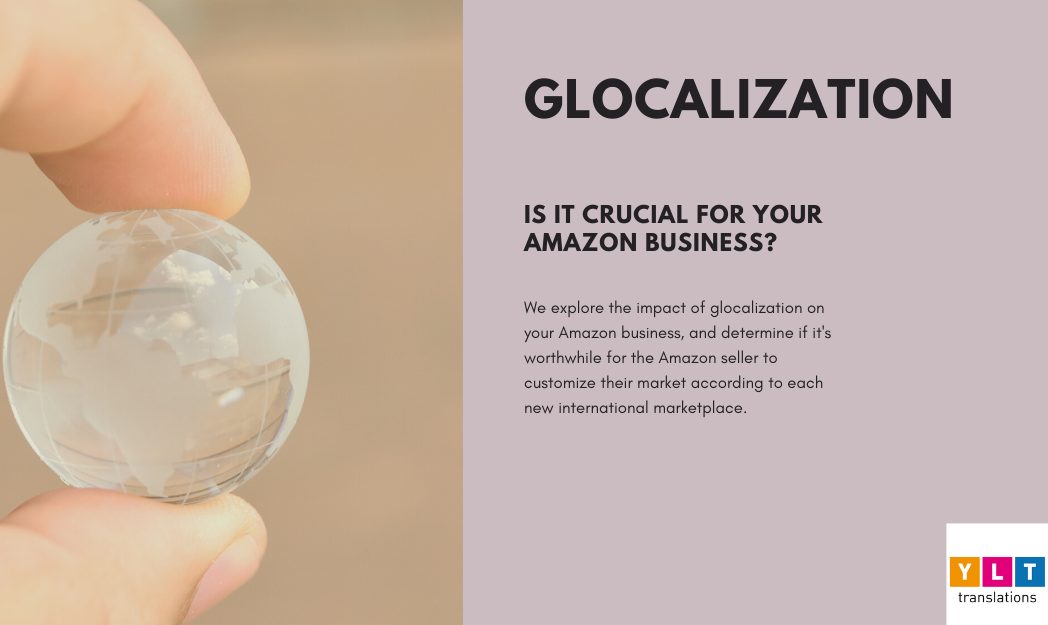Investopedia defines it as a combination of globalization and localization. It refers to a product that’s released globally, but changed here and there to suit specific market needs. That’s often due to the customs, laws, or preferences of a target market.
Take McDonald’s. In India, you’ll find vegetarian options like the Vej Maharajah Mac, which features a corn patty with a cheese cocktail sauce. In Arab countries, you can get the McArabia Chicken, a pita sandwich with beef or chicken, veggies, and garlic sauce. In the Philippines, burgers tend to be sweetish in aftertaste to appeal to the Filipino palate. Meanwhile, McDonald’s Canada ups the ante on its famous fries by serving them as poutine, Canada’s beloved dish.
But the big question is, is this necessary for products sold on Amazon?
The quick answer is yes.
You can’t sell one product across style and content from one culture to another. But it’s worthy to note that you may not have to glocalize every single product. If you’re selling something like fountain pens, it’s likely that the French will have the same impression of your product as your Korean and Canadian customers.
But if you’re selling something like diaper bags, that’s when you have to exercise caution. In the US for instance, a popular keyword is diaper bag with changing stations. That’s because the use case in the US is for changing babies on public surfaces. Moms deliberately search for diaper bags that will help shield their babies from bacteria. However, selling the same product in the UK will yield different results. First of all, diaper bags are called nappy bags in the UK. Secondly, there’s no such thing as a changing station, so most UK-based mothers wouldn’t even search for that keyword.
Also, definitely, exercise caution when selling in Japan! A quick search of their Top 10 products shows a totally different assortment from what Americans or Europeans would like. Many Caucasians that moved to Japan and experienced Japanese retail for the first time were shocked…a product they thought was for little girls, was actually a bestseller for adult women! The kawaii culture is a game-changer for product development in Japan.
Sometimes, you don’t have to adjust your product development per market, or if you do, you don’t have to do much. But in certain markets, it’s absolutely crucial.
Here’s another thing that’s crucial: keywords.
The point of effective SEO is putting yourself in front of the customer that will buy your product. Let’s dial back to our example of diaper bags vs. nappy bags. Imagine calling the bag a diaper bag on amazon.co.uk and hoping it’ll sell. There probably aren’t that many mums on the platform that call it a diaper bag. So if you’re not calling your product what your customer is calling it, how can you ever expect to meet and make a sale?
You could go one step further. Think about products that exist in a wide variety of colors. You could allocate more red inventory to your Japanese market, and send very little (or no) black inventory, because the color represents evil and destruction. So, there’s a high chance that “black” is not a keyword that Japanese ever search for!
In short, do glocalize your keywords, and maybe glocalize your product.
Stumped?
Jana can help. Sit with her and map out competitors, pricing, room for beating the competition, and so forth. She can’t choose a product for you – that’s a separate niche altogether – but she can help assess if a new marketplace will be profitable for you or not.
Do you already have a listing? YLT’s native speakers can craft a listing that covers globalization, localization, and glocalization, so you step in front of your ideal customer by using language and keywords that appeal to their specific sensibilities. Submit your listing for a free audit to see where your future opportunities lie.

